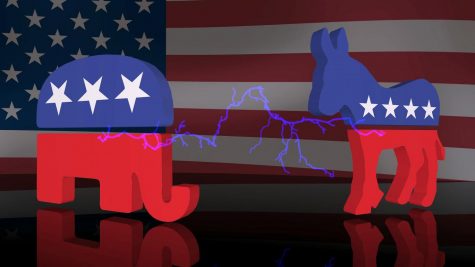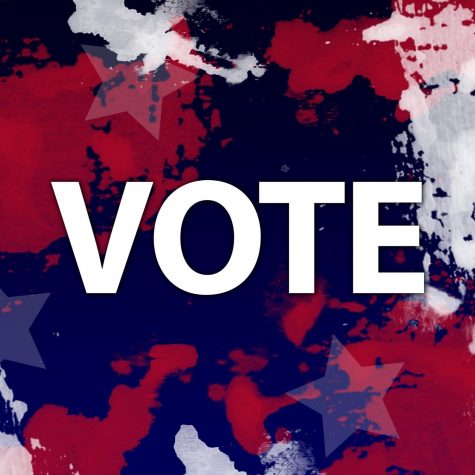Misinformation And Foreign Interference During 2020 And 2016 Elections
In the past month, the 2020 presidential election has taken the world, and more particularly the media, by storm. Every minute, new stories and information were being posted on the internet for anxious readers. With all the information going around, people have begun to gear themselves to be able to discern the “fake news” from the true facts. From this point it can be viewed as our job as citizens to fact check our sources and look for misinformation and influence from outside sources.
One of the most well-known and recent occurrences of “misinformation” or interference from outside sources occurred 4 years ago during the 2016 election. The CNN Editorial Research committee provides an in-depth timeline of “fast facts” about any hacking or interference that happened during the election, stretching from September 2015 to October 2020. It is filled with accounts of compromised computers, accessed emails, stolen data, and many other instances that very well had the power to affect the election. Since then, there have been many reports from government sources such as the Senate Intelligence Committee that have verified Russian interference, and organizations put in place in an attempt to prevent any future interference.
Due to what happened in 2016, authorities have been on high alert during the election this year. In an article by Politico released on November 17th, Martin Matishak discusses how accounts of “foreign interference” during the election are being compiled into an account that will be released at the end of this year. The article hinges on one statement, a claim that this election was the most secure election in American history. The author also brings up an interesting point about how American citizens have to discern between interference and influence, and whether their impacts are good or bad.
Social media has also played a big part in influencing recent events, including the election. This has started as early as June 21st, when “Tik-tok teens and K-Pop stans tanked the Trump rally,” as phrased by the New York Times in an article about the rally. Apps like TikTok, Instagram, Facebook, and other social media apps have apparently been instrumental in helping to spread misinformation. In an article by AP News on November 5th, journalists Amanda Seitz, David Klepper, and Ali Swenson discuss the impact of pro-Trump voters’ posts on the social media app Facebook. As said in a Tweet by the President himself, “They are finding Biden votes all over the place — in Pennsylvania, Wisconsin, and Michigan. So bad for our Country!” This, along with other allegations that the election had been “stolen” from Trump all over social media caused doubts in the ballot counting process and the way the votes were being handled.
In conclusion, the need to ensure against misinformation, as well as be able to discern interference from influence is increasingly important, especially after events including the 2016 election. Especially while browsing social media apps such as TikTok, Facebook, and Twitter in relation to current events, it is important to fact check with unbiased official news sources. The system as a whole is not always flawless, and acknowledging the existence of “fake news” is already a good first step to more security in future elections.



